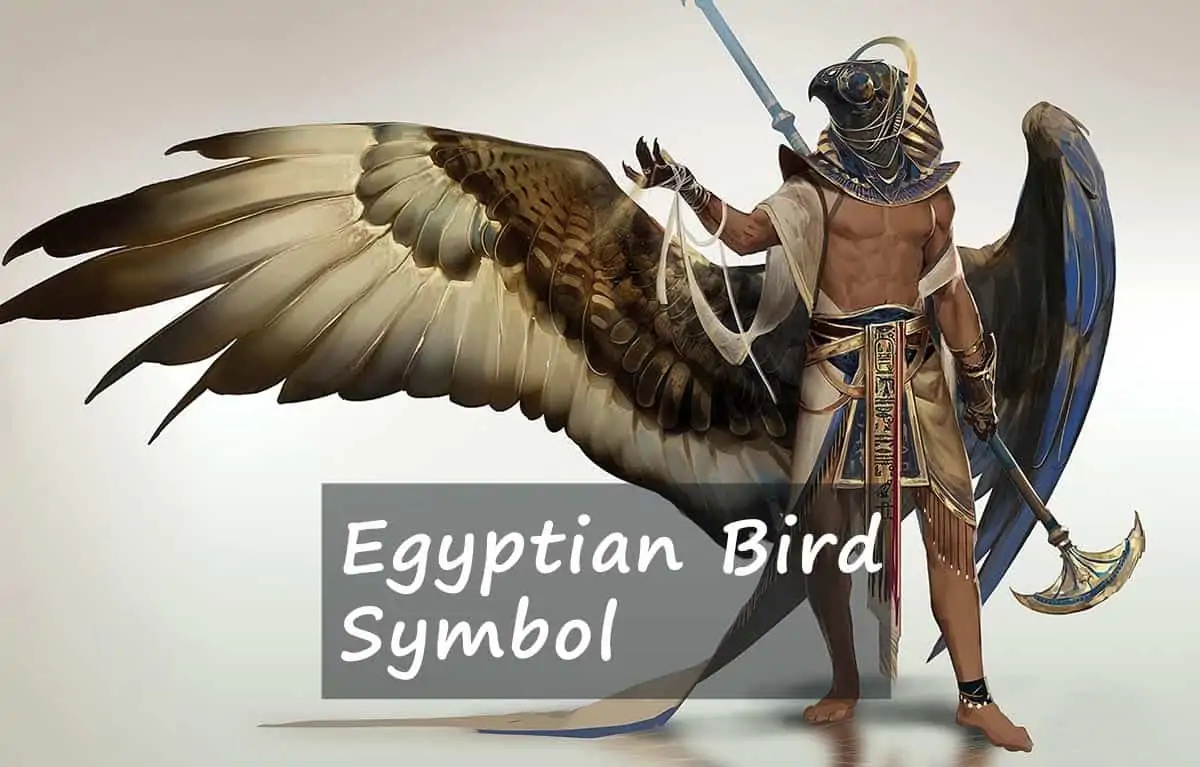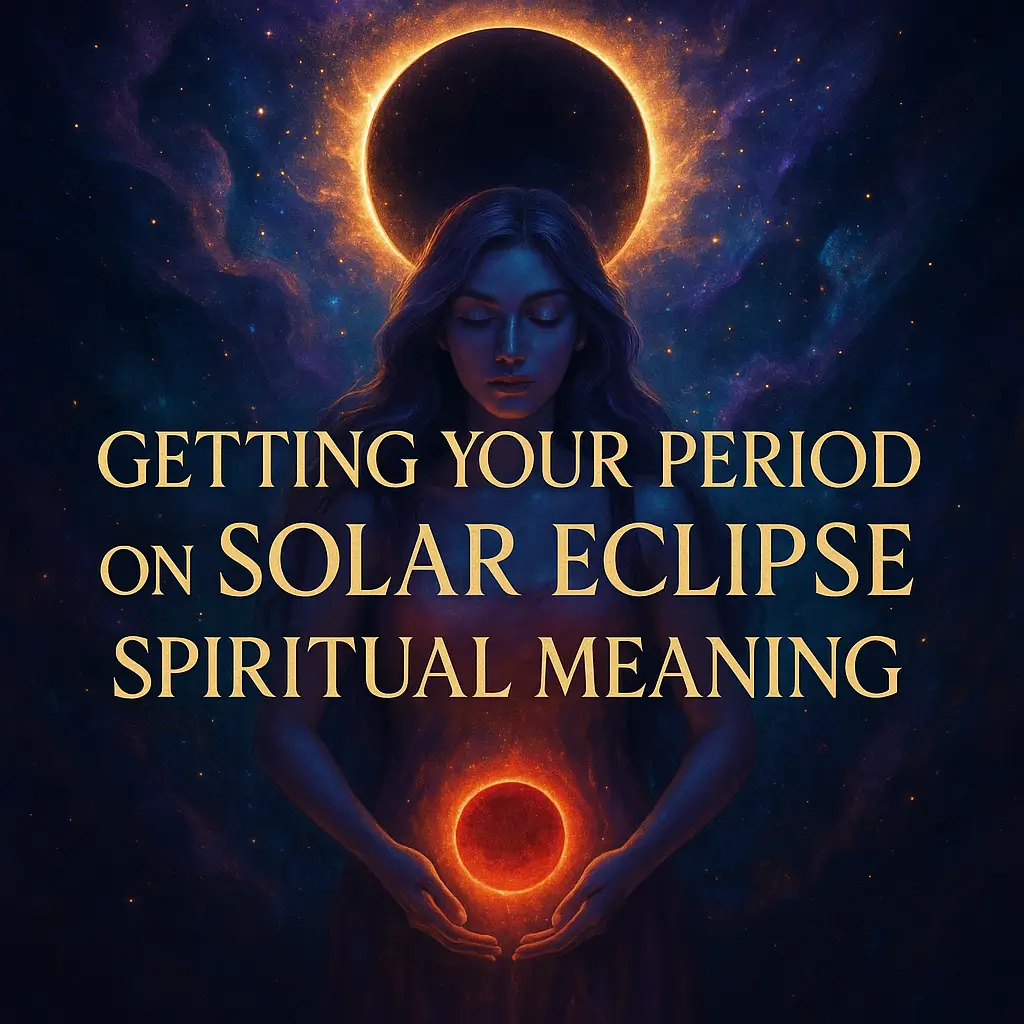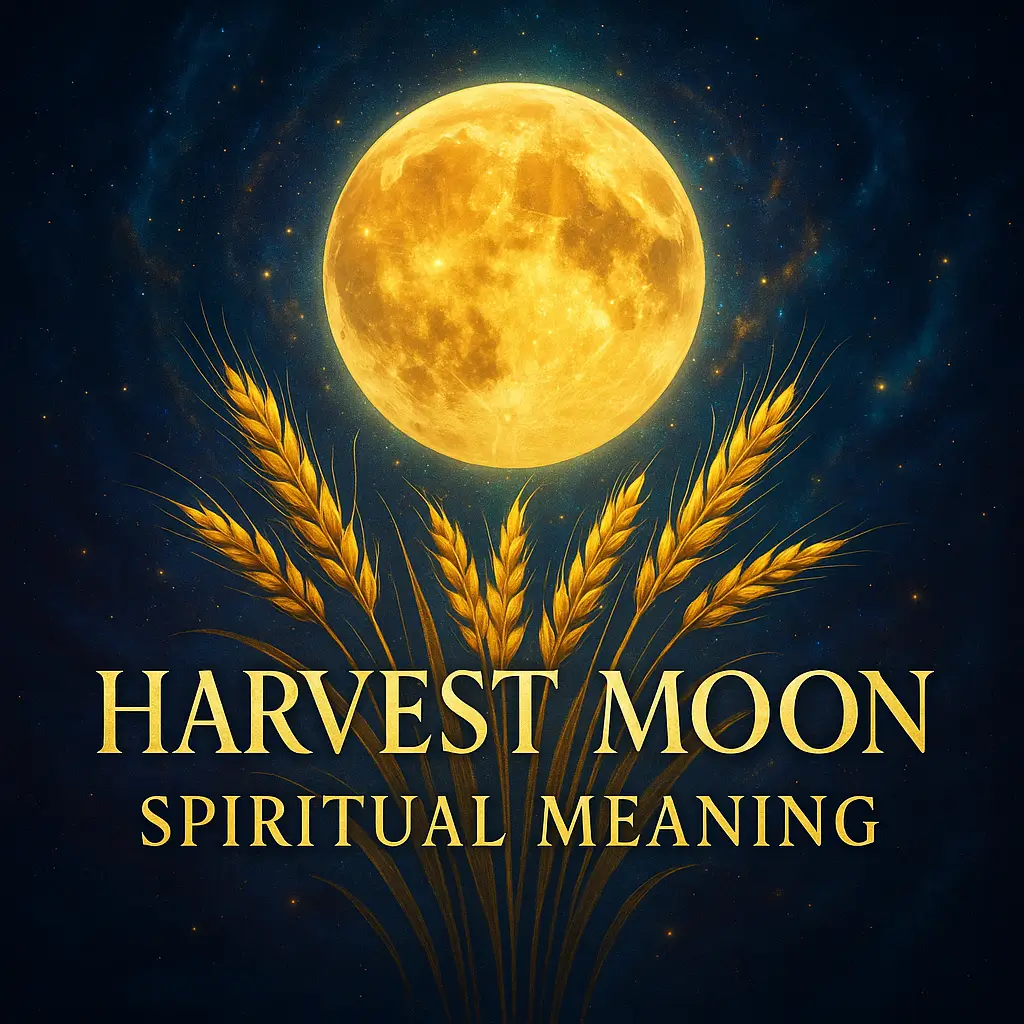Table of Contents
- 1 Key Takeaways
- 2 The Meaning and Symbolism
- 3 Hieroglyph for Birds
- 4 Egyptian Bird God
- 5 The Bird God Horus
- 6 Egyptian Bird Symbolism in Ancient Mythology and Hieroglyphics
- 7 Egyptian Bird Tattoo
- 8 Sources
- 9 FAQ
- 9.1 What was the significance of the Ba in Egyptian afterlife beliefs?
- 9.2 How was the Bennu bird different from the Greek phoenix?
- 9.3 What bird symbols appear on Egypt’s historical flags?
- 9.4 Which Egyptian gods were depicted with bird heads?
- 9.5 What did birds symbolize in Egyptian hieroglyphic writing?
- 9.6 How accurate were Egyptian bird depictions in their artwork?
- 9.7 What was the sacred importance of the ibis in ancient Egypt?
Key Takeaways
- The Egyptian Bird symbol represented rebirth and life in Ancient Egypt, serving as a powerful symbol for the soul’s journey after death.
- Ancient Egyptian hieroglyphs featured numerous bird symbols with different meanings – from the ibis and vulture to the falcon and heron – each representing distinct sounds, words, and concepts.
- Many important Egyptian deities were represented with bird features, including Ra and Horus (falcon-headed), Thoth (ibis-headed), and Nekhbet (vulture-headed).
- The Bennu bird, similar to a heron and comparable to the phoenix, represented the soul of Ra and symbolized the rising and setting sun in Egyptian mythology.
- Egyptian bird symbolism continues to be popular in modern tattoo art, with designs like the Eye of Horus representing protection and maintaining the distinctive style of ancient Egyptian artistic traditions.
The Egyptian Bird symbol is one of the most popular symbols in Ancient Egypt. It was used to represent rebirth and life, as well as a destination for the soul after death. The Egyptians believed that when someone died, their soul would be taken by a bird to live with Osiris on his throne. This symbol is also a powerful representation of the goddess Nekhbet, who was often depicted wearing an Egyptian Bird headdress or crown.
The Meaning and Symbolism
The Meaning Behind the Symbol: Rebirth
In ancient times it was common for cultures all around the world to believe in some form of reincarnation – where people’s souls could continue living over many lifetimes through different physical bodies until they found enlightenment or were reunited with God (or whichever deity you worship). In these beliefs, humans are only for a short time on Earth, but they can live forever if their soul is continually reborn.
The Meaning Behind the Symbol: Life
In ancient Egypt and other cultures around the world, a symbol of life was often an image of wings – or feathers. Feathers were seen as representations of those that bring life to us all birds! Because birds travel through both land and air (just like humans), it’s easy to understand why this would be such a powerful representation for them in symbolic forms.
Bird Symbols
The Egyptian bird symbols were many in number and meant different things (other ancient cultures like the Native American bird symbols can be seen in a similar way). As part of the Nile Delta, there were many birds in the ancient Egyptian environment. Therefore, there were many birds in ancient Egyptian hieroglyphics and mythology. Some of these included the ibis, the vulture, the buzzard, the falcon, the owl, the guinea-fowl, the flamingo, the stork, the quail (quail symbolism), the heron, and even the ostrich.
Bird symbols represented a combination of phonetic sounds, nouns, and meanings. The owl in the hieroglyphic list of historian Alan Gardiner (1879 – 1963), for example, has a phonetic meaning only and represents the “m” sound. The bald-headed (or slouched) vulture represents both the phonetic word “mwt” and meant “mother”. The falcon was an ideograph and represented both the word “hrw” (“Horus”) and the god, Horus.
Small changes in Egyptian hieroglyphs altered their meaning. For example, a single, upright vulture represented the word for “vulture”, while double upright vultures represented the word for “see”. Similarly, a singular heron represented the word for “heron”, while a heron depicted on a perch meant “inundated” (i.e. “flooded”).
Hieroglyph for Birds
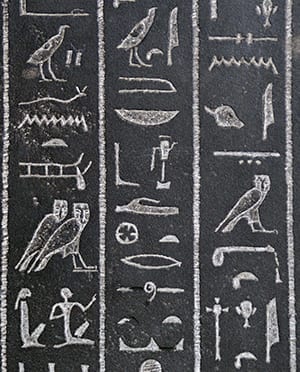
In effect, there was not a singular meaning for bird hieroglyphs in ancient Egyptian culture. Every bird hieroglyph represented different meanings, sounds, and words. Even the same bird, written differently, could represent different things.
For example, a single, standing duck represented the word for “duck” or in some cases, the word for “son”. A flying duck represented the word for “fly” or in some cases, the word “the”. Finally, a landing duck could mean “to halt” or “throw”. All of these meanings are different, though the hieroglyphs depict the same bird (read more about general duck symbolism here).
Other birds represented different words. The cormorant hieroglyph meant “enter”, while the swallow meant “great”. The sparrow could mean “small” or “bad”, while a goose could mean “perish” or “idle”. A long-necked bird bending over a fish meant “to catch fish”, while a fattened bird hieroglyph meant “provisions”.
Egyptian Bird God
Day-to-day meanings aside, the hieroglyphs could represent religious concepts and gods. The Bennu, for example, was a heron-like deity akin to the phoenix. As the soul of Ra (the supreme sun god), the Bennu represented the rising and setting sun. Hieroglyphs of the large heron in Egypt’s later periods represented the Bennu directly.
Ra himself, being the supreme sun god and the foremost god of all ancient Egyptian religion — was depicted as a man with a falcon’s head. He often overlapped with the sky god Horus (who also had the head of a falcon), forming Ra-Horakhty, or “Ra-Horus in the Horizon”.
Thoth was the ancient Egyptian god of mathematics, magic, the sciences, the moon, knowledge, and writing. He was the patron god of scribes and was usually depicted as an ibis or a man with an ibis’ head.
Nekhbet was an early Egyptian goddess that protected rulers of the upper Nile. She is depicted as a woman with a vulture’s head, and sometimes with the wings of a vulture.
Khonsu was an ancient Egyptian moon god. He was the son of Amun (a creator god) and Mut (a matron goddess). Khonsu is sometimes depicted as having a falcon’s head with a crescent moon headdress.
Isis, along with her sister Nephthys, was at times depicted as having hawk, kite, or kestrel-like features, especially wings and feathers. They were known as guardians of the dead, and tombs were sometimes lined with their images. The sounds, especially the screeches of hawks, eagles, and other birds of prey — were considered to be the screeches of Isis and Nephthys.
Finally, in a somewhat strange reversal of deities represented as humans with bird heads, the hieroglyph of a human head on top of a bird’s body was an ideograph representing the concept of the soul. The supernatural belief was endemic to ancient Egyptian society, and the religious reverence for birds was certainly not limited to supernatural beings.
The Bird God Horus
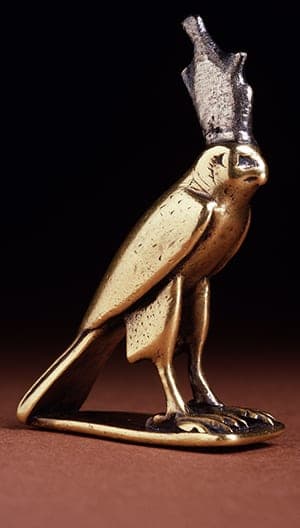
As mentioned before, the ancient Egyptian god Horus was usually depicted as having a bird’s head, specifically that of a falcon. In ancient Egyptian, Hor (Horus is the Latin reading) means, “the Distant One”, a reference to the god’s domain, the sky.
The god we know as Horus today was actually worshipped in two different ways over the course of ancient Egyptian history.
The first was Horus the Elder (or Horus the Great), who was worshipped in Egypt’s Predynastic era (c. 6000 – 3150 BC). Horus the Elder was the son of the Earth god Geb and the sky goddess Nut. He was the youngest of Nut’s five children, and his siblings were Osiris, Isis, Set, and Nephthys. A benevolent protector and creator, Horus the Elder was associated with the sun and the sky, but also taking the form of a falcon to bring forth messages from Ra.
The second was Horus the Younger, who was worshipped from the Early Dynastic (c. 3150 – 2613 BC) to the Ptolemaic (c. 323 – 30 BC) periods. In a somewhat revised religious narrative, Horus the Younger was the son of the benevolent agricultural god Osiris and the magical goddess Isis.
After Osiris was killed by his brother Set — the god of discord — Set took Osiris’ throne. Fleeing in fear, Isis took Horus to the swamps of the Nile Delta region. She and other goddesses raised Horus until he was old enough to challenge Set, to reclaim the throne. After a period of 80 years of trials, battles, trickery, and condemnation, the high council of Supreme Gods, including Ra, decided that Horus was the rightful heir to the throne. Set was banished to the outskirts of Egypt and Horus ruled as a rightful mediator between heaven and earth.
Horus the Younger is associated with the falcon. He is usually depicted as a human with a falcon’s head, standing or seated on a throne. Pharaohs identified themselves with Horus in life and Osiris in death.
Egyptian Bird Symbolism in Ancient Mythology and Hieroglyphics
The rich tapestry of ancient Egypt’s spiritual and cultural heritage is beautifully reflected in its bird symbolism. Throughout the Nile Valley, various birds held sacred significance, appearing in everything from tomb paintings to religious ceremonies. The ba bird, depicted as a human-headed bird, was particularly significant as it represented the soul’s aspect that could travel between the world of the living and the dead, embodying the Egyptian concept of spiritual mobility after death.
Sacred Birds of Ancient Egyptian Culture
The Bennu bird of Egypt, often compared to the phoenix in Greek mythology, holds a special place in Egyptian cosmology. Resembling a heron with its long legs and neck, this sacred bird was believed to be self-created and connected to the creation of the world. According to ancient texts, the Bennu bird appeared at the beginning of time, landing on the primeval mound that emerged from the waters of chaos, marking the beginning of creation.
On the Egyptian flag throughout history, bird imagery has played varying roles. While the modern flag doesn’t feature a bird, historical emblems often incorporated the eagle or falcon as symbols of power and divine protection. The eagle on Egypt’s coat of arms, known as the “Eagle of Saladin,” represents strength and Egypt’s sovereignty, connecting modern national identity with ancient traditions.
Bird Hieroglyphs and Their Cultural Significance
Egyptian bird hieroglyphics were not merely decorative but served as a sophisticated writing system. The drake Egyptian hieroglyph, showing a male duck, often represented abundance and fertility. For digital enthusiasts seeking to incorporate these ancient symbols into modern communication, bird from Egypt symbols are available to copy and paste from specialized unicode libraries, allowing the ancient language to transcend time through digital media.
Bird-faced Egyptian gods exemplify the complex relationship between humans, wildlife, and divinity in ancient Egyptian thought. Beyond the well-known falcon-headed Horus, Egyptian mythology featured numerous bird goddess figures. Mut, depicted with either a woman’s head or a vulture’s, embodied motherhood and protection, while the goddess Seshat, sometimes portrayed with bird attributes, presided over writing, measurement, and architecture.
Egyptian bird art remains one of the most distinctive and influential artistic traditions in human history. The careful observation of bird anatomy and behavior led to remarkably accurate depictions in Egyptian bird drawings, whether in formal religious contexts or in scenes of daily life showing the birds of Egypt in their natural habitats along the Nile. These artistic representations continue to inspire contemporary artists and serve as a testament to the sophisticated understanding ancient Egyptians had of their natural environment.
Egyptian Bird Tattoo
Ancient Egyptians developed detailed symbols that held significant meaning to them and followed complex rules for depicting gods and human figures. This accounts for the unmistakable style of Egyptian drawing and painting. Bird tattoo meanings/symbols ranged from simple line drawings to colorful and ornate representations of nature and the world, with unique depictions of perspective and graphic designs that adapt easily to skin art.
The Eye of Horus represents the all-seeing eye. The piece depicts Horus, the God of the Sky, who sacrificed his eye during battle. The piece is often used in tattoos that represent protection. The unmistakable Eye of Horus stands out in the center of a spiraling vortex on the back or as an all-seeing “third eye” on the back of the neck.
Sources
- https://www.ancient.eu/Horus/
- https://egyptianmuseum.org/deities-nut
- https://egyptianmuseum.org/deities-horus
- http://www.egyptianmyths.net/phoenix.htm
- https://egyptianmuseum.org/deities-ra
- https://egyptianmuseum.org/deities-thoth
- https://www.britannica.com/topic/Nekhbet
- https://www.ancient.eu/Nephthys/
FAQ
What was the significance of the Ba in Egyptian afterlife beliefs?
The Ba represented a mobile aspect of the human spirit that could travel between worlds after death. Depicted as a human-headed bird, it symbolized the soul’s freedom to leave the tomb during daylight and return at night, maintaining connection with the physical world.
How was the Bennu bird different from the Greek phoenix?
While both symbolized renewal, the Bennu bird was depicted as a heron-like creature believed to be self-created and present at creation. The Bennu was associated with the sun god Ra and the Nile’s inundation, representing Egypt’s cyclical renewal rather than resurrection from ashes.
What bird symbols appear on Egypt’s historical flags?
Though the modern Egyptian flag lacks bird imagery, historical emblems often featured the Eagle of Saladin as a symbol of strength and sovereignty. Various dynasties used falcon and eagle imagery to represent protection, power and connection to sky deities like Horus.
Which Egyptian gods were depicted with bird heads?
Several major deities featured bird heads, including Horus (falcon), Thoth (ibis), Mut (vulture), Montu (falcon), and Khonsu (falcon). These zoomorphic representations connected the gods to specific animal attributes like keen vision, wisdom, or protective instincts.
What did birds symbolize in Egyptian hieroglyphic writing?
Birds served dual purposes in hieroglyphics – as phonetic symbols representing specific sounds and as ideograms conveying complete concepts. The owl represented the ‘m’ sound, while birds in flight could indicate verbs of movement or concepts like freedom and ascension.
How accurate were Egyptian bird depictions in their artwork?
Egyptian artists demonstrated remarkable observational skills in bird representations, accurately capturing anatomical details and characteristic postures. These portrayals show sophisticated understanding of avian species along the Nile, combining naturalistic observation with symbolic meaning in religious and decorative contexts.
What was the sacred importance of the ibis in ancient Egypt?
The ibis was sacred to Thoth, god of wisdom and writing. Its curved beak resembled a scribe’s pen, linking it to knowledge and record-keeping. Millions of ibises were mummified as offerings, and killing one was forbidden, reflecting their elevated status in Egyptian religious practice.
